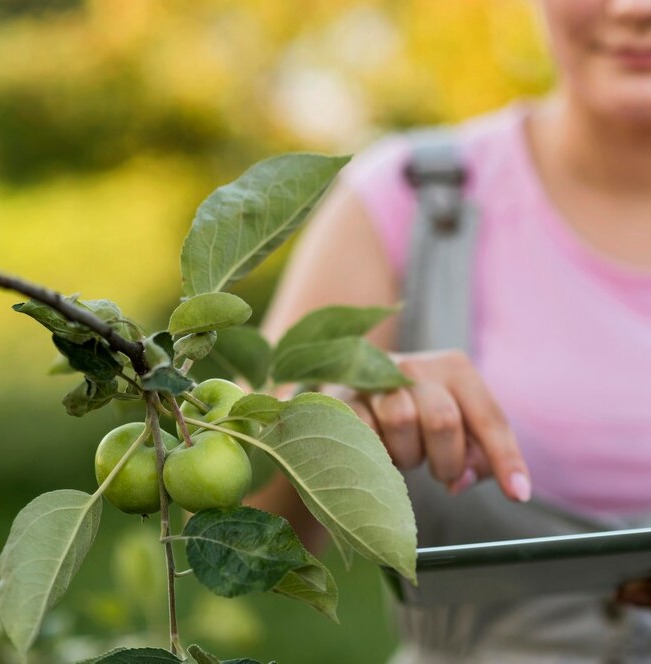
DATA ANALYTICS AND AGRICULTURE
Data analytics is a powerful tool used in the agricultural sector to increase efficiency, optimize resources, and improve decision-making processes. Data analytics in agriculture extracts meaningful information by analyzing large data sets and helps farmers make more informed decisions.
Data Collection and Management
The first step in the data analytics process is to collect and manage data from agricultural fields and processes. Data collection methods in modern agriculture include:
Sensors and IoT Devices: Data such as soil moisture, weather conditions, and plant health are collected through sensors and IoT devices. These devices provide a continuous stream of data, which is transmitted to agricultural management systems.
Drones: Drones collect aerial images and multispectral data to assess plant health, water needs, and pest presence. This data is used for detailed analysis.
Satellite Imagery: Satellite technologies enable monitoring of large areas and long-term data analysis. It monitors the growth and health status of agricultural lands.
Data Analysis and Decision Making
The collected data is processed with various analytical methods and meaningful information is obtained. The data analytics process includes:
Pattern Recognition and Anomaly Detection: Data analytics determines changes in plant growth, water needs, and weather conditions. Anomaly detection identifies problems that arise in agricultural fields at an early stage.
Forecasts and Predictions: Data analytics uses artificial intelligence and machine learning algorithms to make predictions about future weather conditions, harvest times, and plant health. These predictions optimize planting and harvesting plans.
Efficiency Analysis: The analyzed data develops strategies to increase agricultural productivity. It evaluates the effects of practices such as fertilization, irrigation, and pest control.
Implementation and Optimization
Data analytics optimizes agricultural processes by applying the obtained information. Application areas include:
Smart Irrigation Systems: Optimizes irrigation systems based on soil moisture and weather conditions. This saves water and meets the needs of the plants.
Fertilization and Pest Control: Determines fertilization and pest control strategies through efficiency analysis. The right amount of fertilizer and pest control products are used according to the need.
Resource Management: Provides effective management of agricultural resources. Optimizes the efficient use of energy, water and other resources.
Future Developments
Data analytics and agricultural technologies are constantly evolving. More precise and efficient solutions will be provided with more advanced data collection methods, artificial intelligence and big data analysis. These developments will enable smarter and more sustainable applications in the future of agriculture.
Data analytics enables informed decisions and process optimization in the agricultural sector. This contributes to agriculture being more efficient, sustainable and economical.